كيف تجد أسلوبك الشخصي في التصوير الفوتوغرافي
How to Find Your Personal
Style in Photography
The concept of personal style is a fundamental topic in all art, not just photography. Everyone has their own way of seeing the world, and everything that people create is based upon this underlying uniqueness. In terms of photography, though, even mentioning personal style can seem strange — since our work is inherently based upon the real world, is it even possible to have a unique style? This question is especially relevant for fields like landscape and wildlife photography, which often rely 100% on the scene that nature presents to you, rather than any elements you add yourself. How can you insert your own personality into an image that mirrors the way the world actually looked at one point in time? It’s a complex question. Things get even trickier if you look into all the features that must be copied perfectly in order to produce a convincing forgery (or a benign imitation) of another photographer’s personal style — and, even further, the implications of analyzing and imitating your own personal style. In this article, we will explore the topic of personal style and how you can find it in your photography.
This article delves into all the complexities of personal style. I chose to divide them in three sections simply because I think this topic is best approached in chunks, with time to think in between, rather than all at once.
Here’s how the three parts are divided: Stars raining over the Southern Alps, New Zealand
Stars raining over the Southern Alps, New Zealand
NIKON D800E + 70-200mm f/4 @ 86mm, ISO 100, 136 seconds, f/5.6
يعد مفهوم الأسلوب الشخصي موضوعًا أساسيًا في جميع الفنون، وليس التصوير الفوتوغرافي فقط. كل شخص لديه طريقته الخاصة في رؤية العالم، وكل ما يصنعه الناس يعتمد على هذا التفرد الأساسي. فيما يتعلق بالتصوير الفوتوغرافي، فإن مجرد ذكر الأسلوب الشخصي قد يبدو غريبًا - نظرًا لأن عملنا يعتمد بطبيعته على العالم الحقيقي، فهل من الممكن أن يكون لدينا أسلوب فريد من نوعه؟ هذا السؤال مناسب بشكل خاص لمجالات مثل تصوير المناظر الطبيعية والحياة البرية، والتي غالبًا ما تعتمد بنسبة 100% على المشهد الذي تقدمه لك الطبيعة، بدلاً من أي عناصر تضيفها بنفسك. كيف يمكنك إدراج شخصيتك في صورة تعكس الطريقة التي نظر بها العالم فعليًا إلى نقطة معينة من الزمن؟ إنه سؤال معقد. تصبح الأمور أكثر تعقيدًا إذا نظرت إلى جميع الميزات التي يجب نسخها بشكل مثالي لإنتاج تزييف مقنع (أو تقليد حميد) لأسلوب شخصي لمصور فوتوغرافي آخر - والأكثر من ذلك، الآثار المترتبة على تحليل وتقليد أسلوبك الشخصي. . في هذه المقالة، سنستكشف موضوع الأسلوب الشخصي وكيف يمكنك العثور عليه في صورك الفوتوغرافية.
تتعمق هذه المقالة في جميع تعقيدات الأسلوب الشخصي. لقد اخترت تقسيمها إلى ثلاثة أقسام ببساطة لأنني أعتقد أنه من الأفضل تناول هذا الموضوع في أجزاء، مع إتاحة الوقت للتفكير فيما بينها، بدلاً من التفكير في كل ذلك مرة واحدة.
وإليك كيفية تقسيم الأجزاء الثلاثة:
تحديد النمط الشخصي والعناصر التي تتحد لتشكل أسلوبًا واحدًا. مناقشة الاختلافات بين الأسلوب والشخصية في أسلوبك. شرح أسباب البحث عن أسلوب شخصي أو تجنبه. النجوم تمطر فوق جبال الألب الجنوبية، نيوزيلندا
نيكون D800E + 70-200 مم f/4 @ 86 مم، ISO 100، 136 ثانية، f/5.6
How to Find Your Personal
Style in Photography
The concept of personal style is a fundamental topic in all art, not just photography. Everyone has their own way of seeing the world, and everything that people create is based upon this underlying uniqueness. In terms of photography, though, even mentioning personal style can seem strange — since our work is inherently based upon the real world, is it even possible to have a unique style? This question is especially relevant for fields like landscape and wildlife photography, which often rely 100% on the scene that nature presents to you, rather than any elements you add yourself. How can you insert your own personality into an image that mirrors the way the world actually looked at one point in time? It’s a complex question. Things get even trickier if you look into all the features that must be copied perfectly in order to produce a convincing forgery (or a benign imitation) of another photographer’s personal style — and, even further, the implications of analyzing and imitating your own personal style. In this article, we will explore the topic of personal style and how you can find it in your photography.
This article delves into all the complexities of personal style. I chose to divide them in three sections simply because I think this topic is best approached in chunks, with time to think in between, rather than all at once.
Here’s how the three parts are divided:
- Defining personal style and the elements that combine to form one.
- Discussing the differences between method and personality in your style.
- Explaining the reasons to seek out a personal style, or avoid one.
 Stars raining over the Southern Alps, New Zealand
Stars raining over the Southern Alps, New ZealandNIKON D800E + 70-200mm f/4 @ 86mm, ISO 100, 136 seconds, f/5.6
يعد مفهوم الأسلوب الشخصي موضوعًا أساسيًا في جميع الفنون، وليس التصوير الفوتوغرافي فقط. كل شخص لديه طريقته الخاصة في رؤية العالم، وكل ما يصنعه الناس يعتمد على هذا التفرد الأساسي. فيما يتعلق بالتصوير الفوتوغرافي، فإن مجرد ذكر الأسلوب الشخصي قد يبدو غريبًا - نظرًا لأن عملنا يعتمد بطبيعته على العالم الحقيقي، فهل من الممكن أن يكون لدينا أسلوب فريد من نوعه؟ هذا السؤال مناسب بشكل خاص لمجالات مثل تصوير المناظر الطبيعية والحياة البرية، والتي غالبًا ما تعتمد بنسبة 100% على المشهد الذي تقدمه لك الطبيعة، بدلاً من أي عناصر تضيفها بنفسك. كيف يمكنك إدراج شخصيتك في صورة تعكس الطريقة التي نظر بها العالم فعليًا إلى نقطة معينة من الزمن؟ إنه سؤال معقد. تصبح الأمور أكثر تعقيدًا إذا نظرت إلى جميع الميزات التي يجب نسخها بشكل مثالي لإنتاج تزييف مقنع (أو تقليد حميد) لأسلوب شخصي لمصور فوتوغرافي آخر - والأكثر من ذلك، الآثار المترتبة على تحليل وتقليد أسلوبك الشخصي. . في هذه المقالة، سنستكشف موضوع الأسلوب الشخصي وكيف يمكنك العثور عليه في صورك الفوتوغرافية.
تتعمق هذه المقالة في جميع تعقيدات الأسلوب الشخصي. لقد اخترت تقسيمها إلى ثلاثة أقسام ببساطة لأنني أعتقد أنه من الأفضل تناول هذا الموضوع في أجزاء، مع إتاحة الوقت للتفكير فيما بينها، بدلاً من التفكير في كل ذلك مرة واحدة.
وإليك كيفية تقسيم الأجزاء الثلاثة:
تحديد النمط الشخصي والعناصر التي تتحد لتشكل أسلوبًا واحدًا. مناقشة الاختلافات بين الأسلوب والشخصية في أسلوبك. شرح أسباب البحث عن أسلوب شخصي أو تجنبه. النجوم تمطر فوق جبال الألب الجنوبية، نيوزيلندا
نيكون D800E + 70-200 مم f/4 @ 86 مم، ISO 100، 136 ثانية، f/5.6

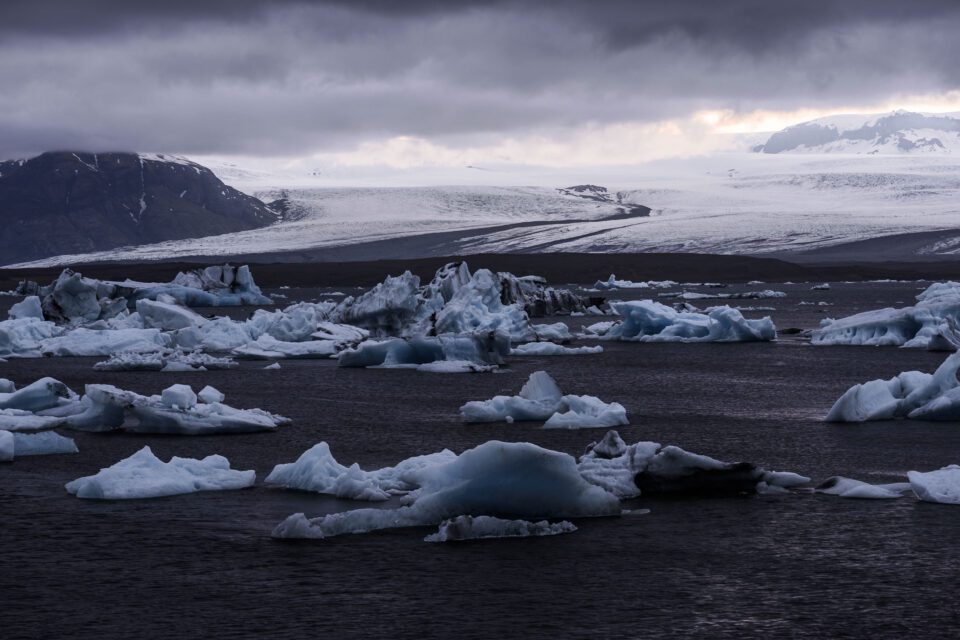
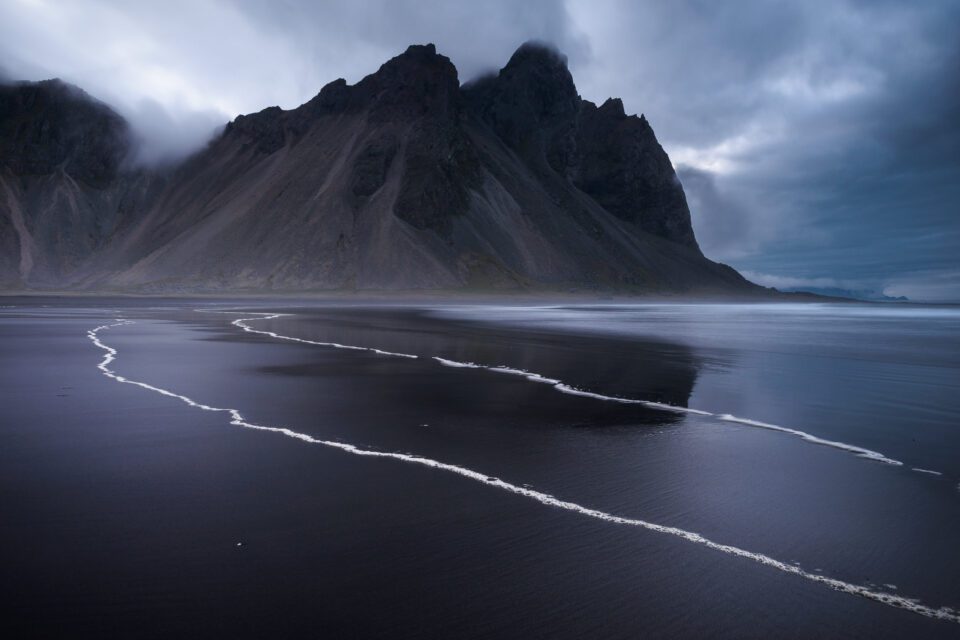
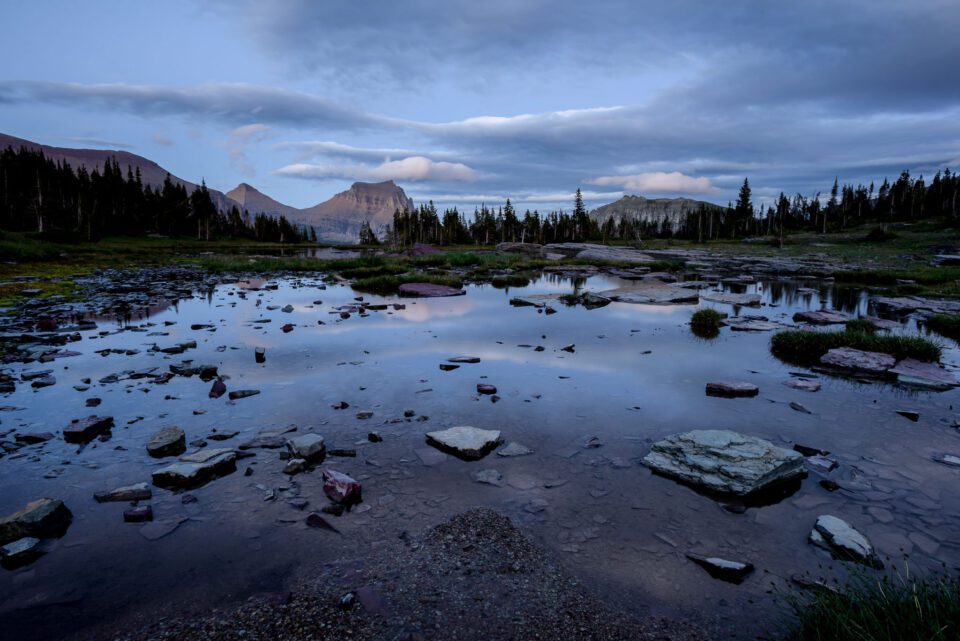
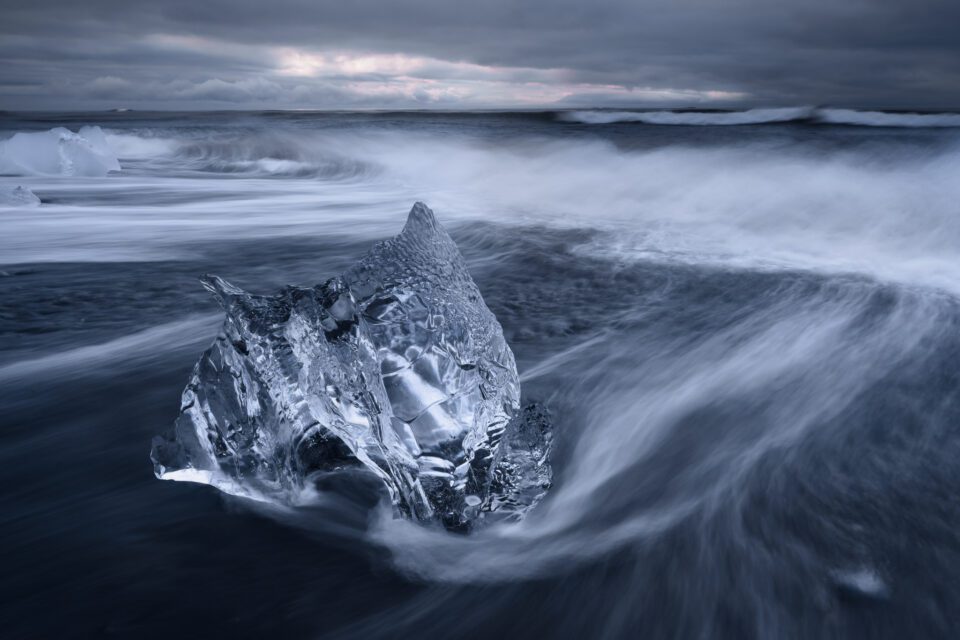

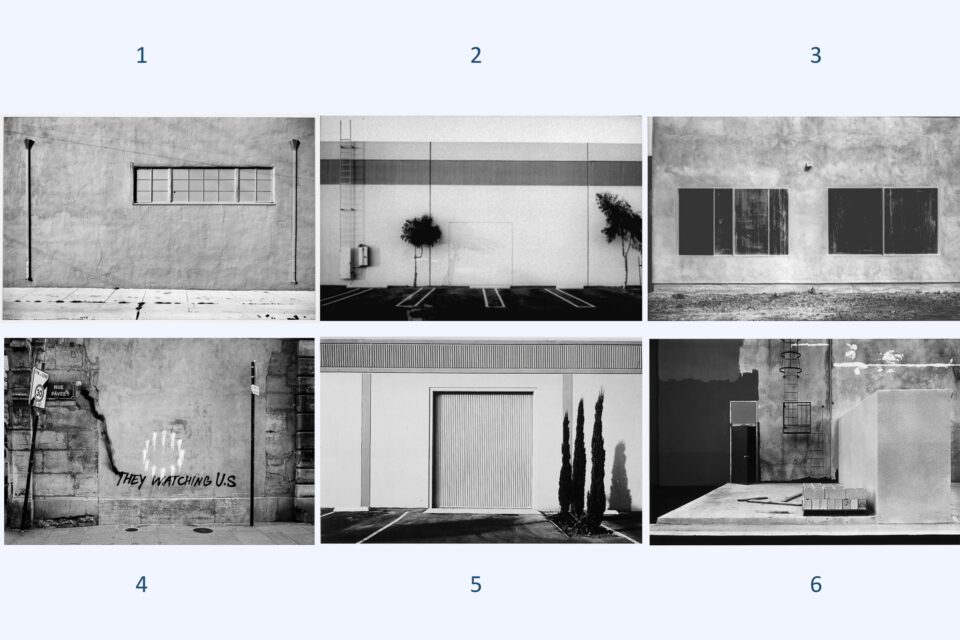
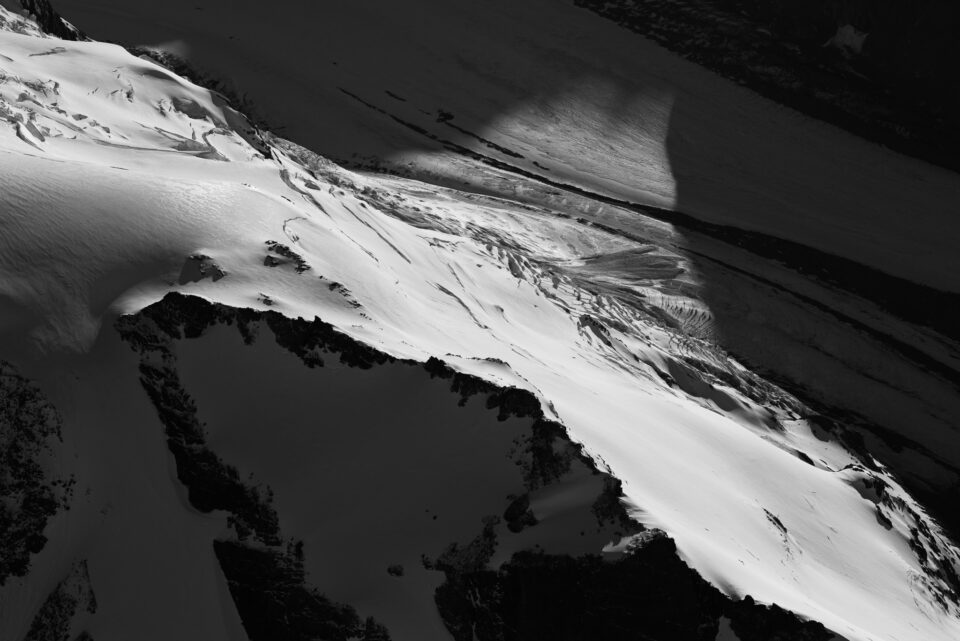
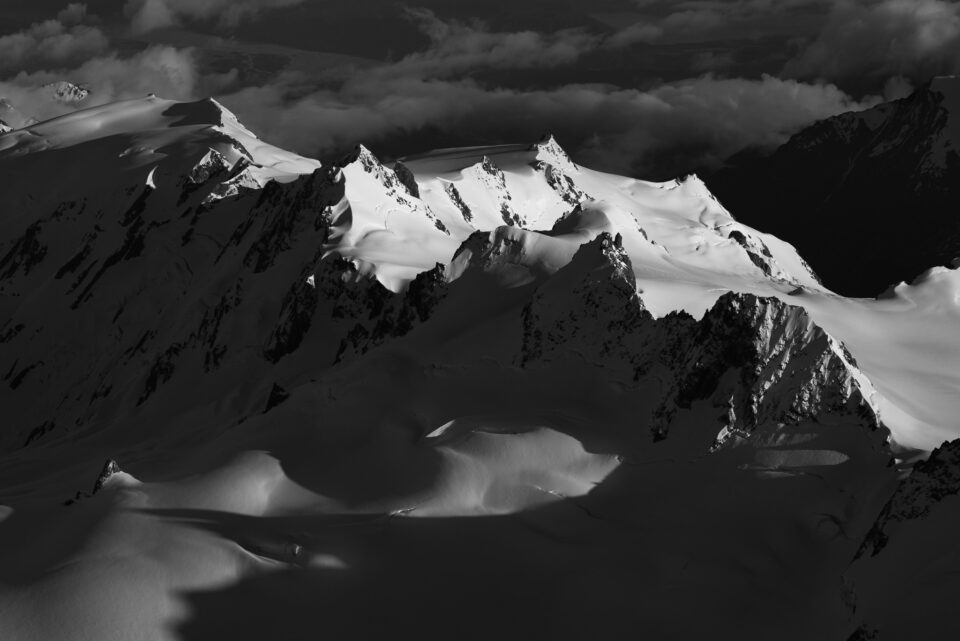
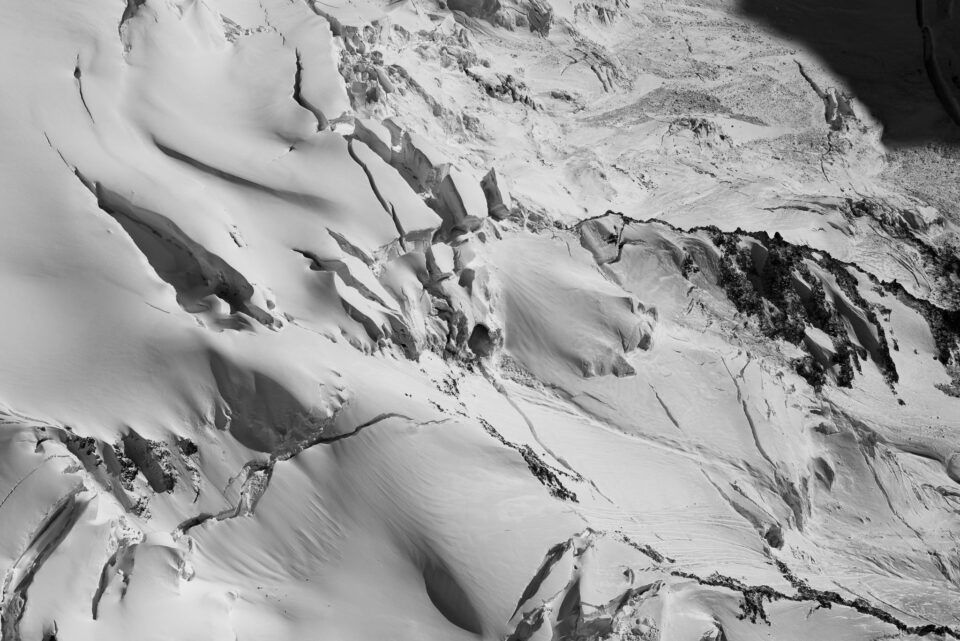

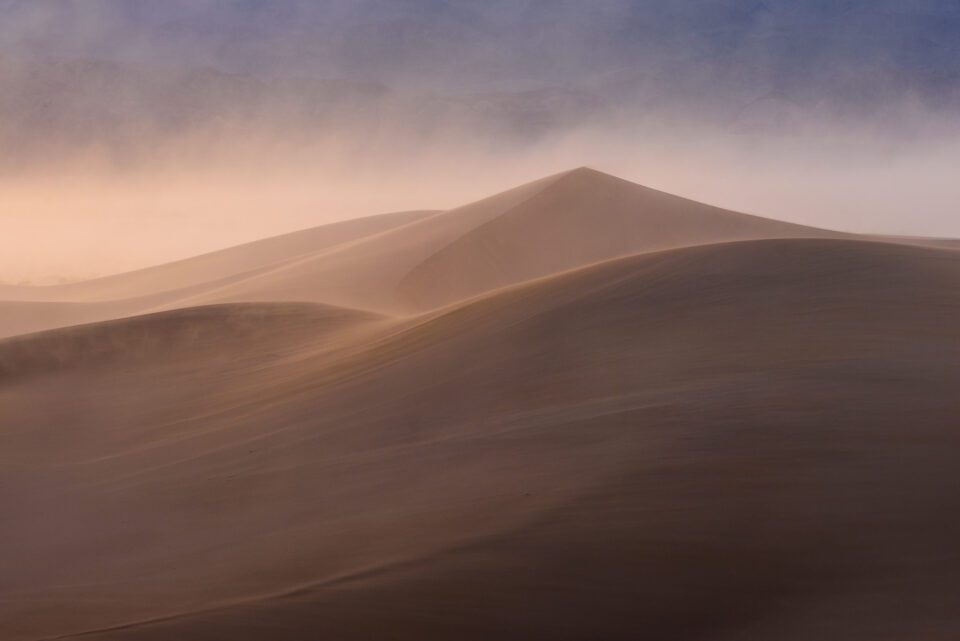
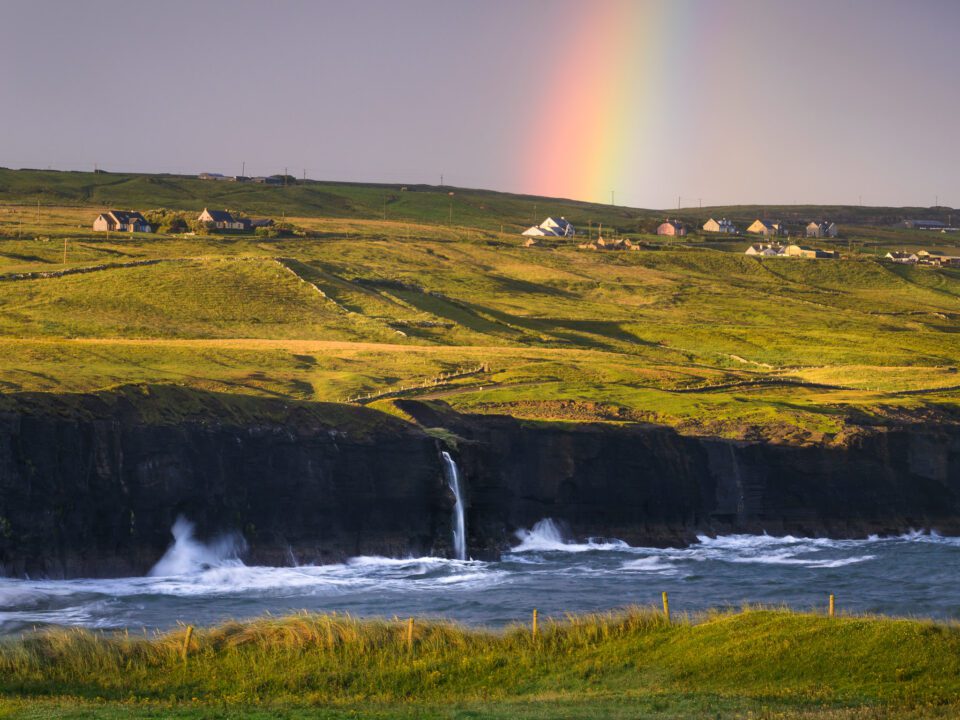
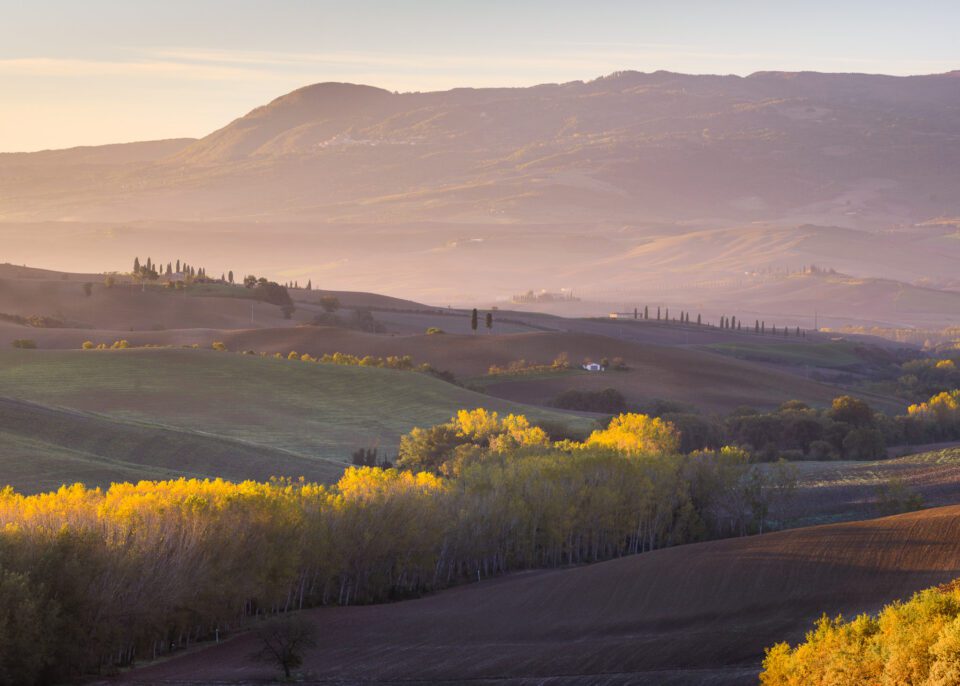
تعليق